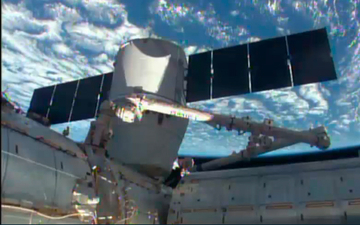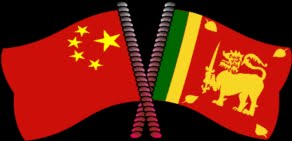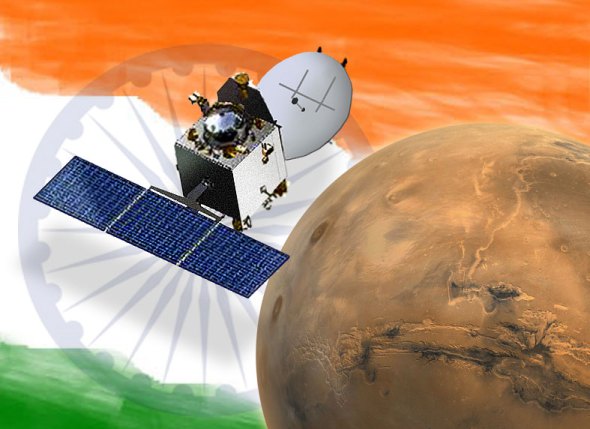
The Dragon cargo craft berths with the ISS. A NASA TV image
WASHINGTON (AFP): SpaceX's unmanned Dragon spacecraft arrived at the International Space Station Tuesday with a cargo of supplies, including freeze-dried meals, 20 live lab mice and a 3D printer.
Astronauts at the orbiting lab reached out with the space station's robotic arm to grasp the Dragon at 6:52 am (local time), NASA said.
Germany's Alexander Gerst, an astronaut from the European Space Agency, operated the 57.7-foot (17.6-meter) robotic arm to capture the Dragon. He was assisted by NASA astronaut Reid Wiseman.
The berthing operation was complete after the vessel latched fully onto the research outpost, over two hours after the capture at 9:21 am local time.
The Dragon capsule is carrying more than 2,200 kilograms of supplies and material for science experiments, including a tool to measure wind speed at the ocean's surface.
The spacecraft launched early Sunday from Cape Canaveral, Florida, and is SpaceX's fourth contracted mission with NASA for supply trips to the ISS and back.
The lab mice are the first live mammals to hitch a ride aboard a commercial cargo ship, and they are enclosed in a NASA-made research cage for studying the effects of weightlessness on their bodies.
The 3D printer is the first of its kind to demonstrate how the technology can be used in space, even without gravity to assist the process.
The spacecraft will stay at the ISS for about a month as astronauts unload its cargo and repack it with 1,450 kilograms of material to return to Earth.
In 2010, SpaceX became the first private company to send a spacecraft to the ISS.
The company is run by Internet mogul Elon Musk, who accumulated his fortune by co-founding PayPal. He also runs Tesla Motors.
Orbital Sciences Corporation has also contracted with NASA to send its Cygnus cargo ship to the space station, but unlike the Dragon, which can return to Earth intact, the Cygnus burns up on re-entry to Earth's atmosphere.
Last week, SpaceX was awarded a USD 2 billion contract from NASA to continue developing its Dragon V2 vehicle with the goal of sending people to the space station as early as 2017.
Boeing won a larger NASA contract, for more than USD 4 billion, for the development of its CST-100 crew vehicle.
NASA lost its ability to reach the space station when the shuttle programme ended in 2011 after 30 years.
The US space agency has helped fund private companies in the race to restore US access to the ISS.
 Previous Article
Previous Article Next Article
Next Article













The Indian Air Force, in its flight trials evaluation report submitted before the Defence Ministry l..
view articleAn insight into the Medium Multi-Role Combat Aircraft competition...
view articleSky enthusiasts can now spot the International Space Station (ISS) commanded by Indian-American astr..
view article